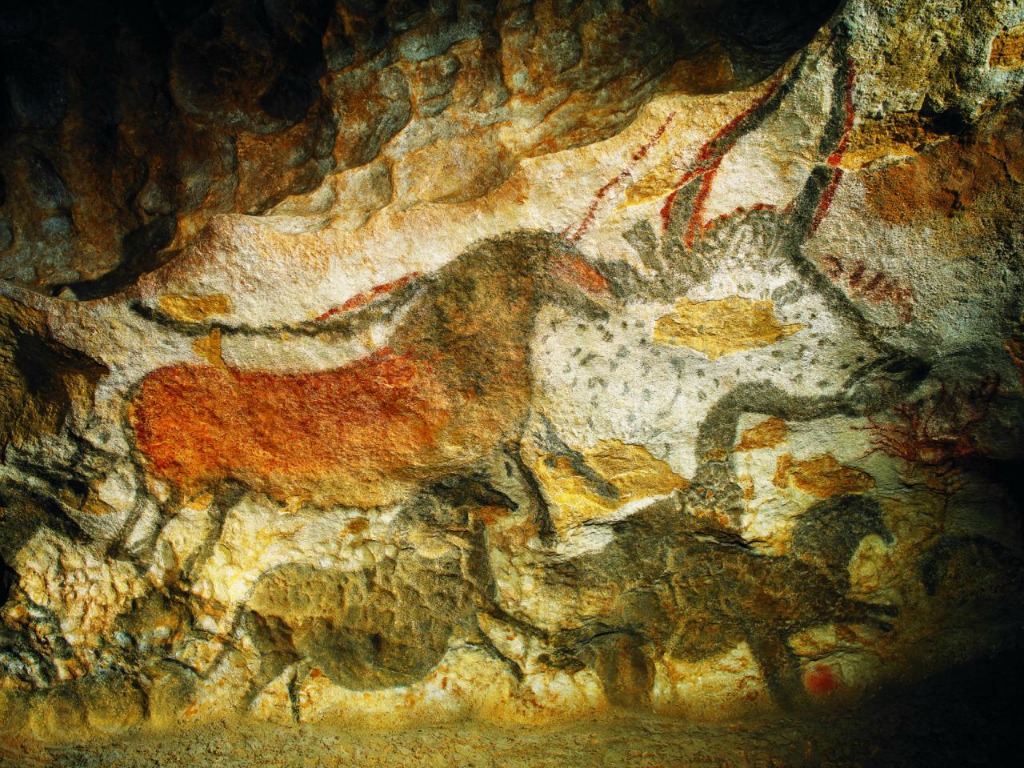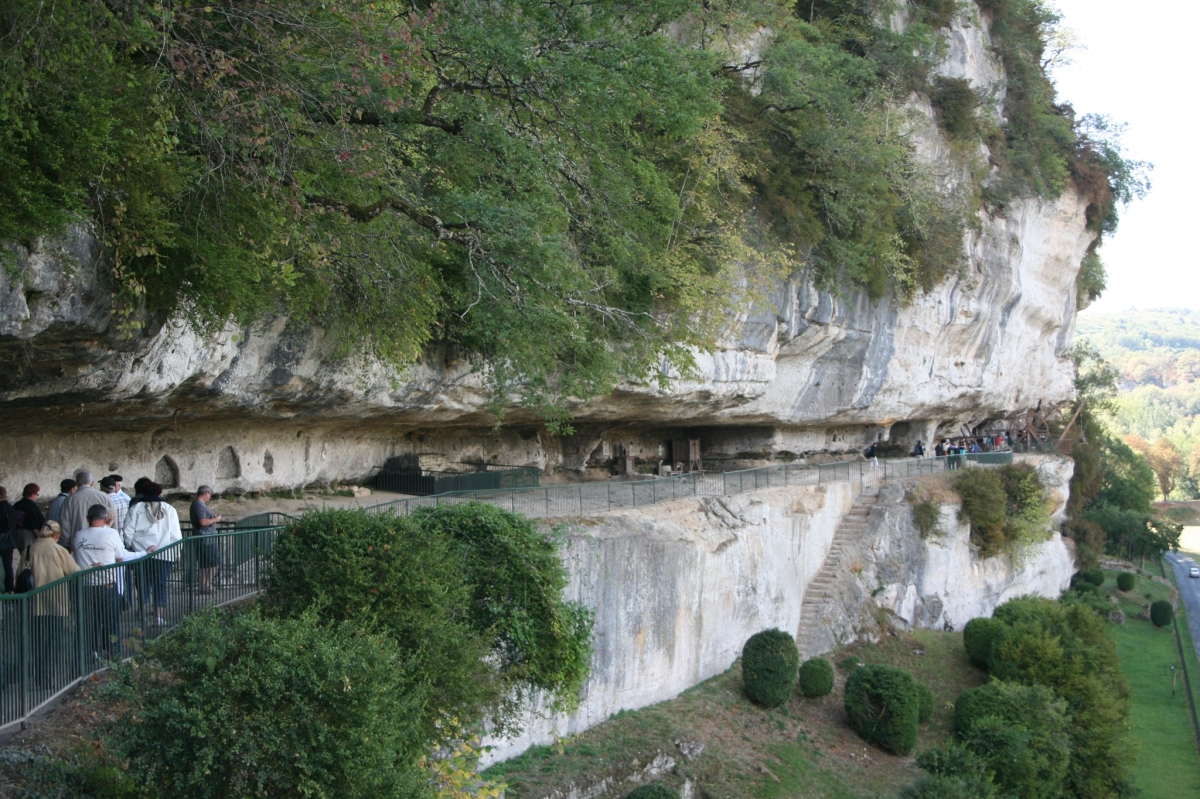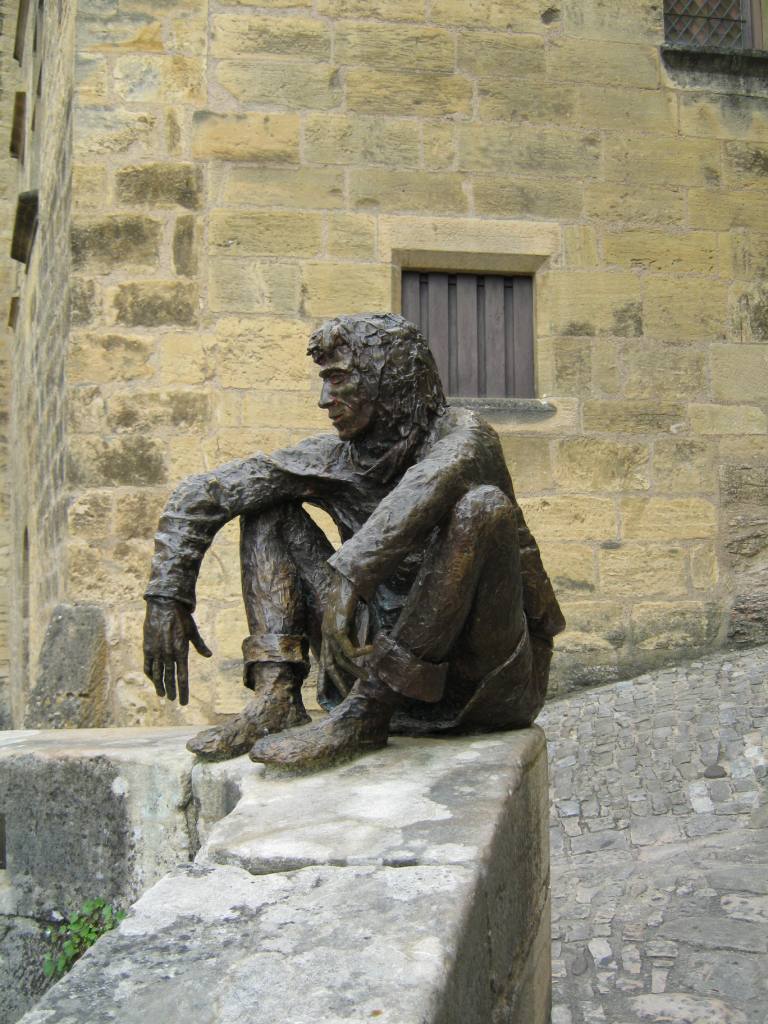Lascaux | Pre-Historic Cave Paintings at Lascaux in the Dordogne
Lascaux
Lascaux caves are in the Dordogne department of France just a few kilometres from the popular town of Montignac. Discovered in 1940 by four boys searching for their lost dog, Lascaux caves showcase some of the most exceptional examples of pre-historic art in the world. Lascaux was opened to the public post WWII and quickly became a popular tourist destination. The caves were closed in 1963 due to the damage being caused to the paintings from the high number of visitors to the site and remains closed to this day.
An identical reproduction called Lascaux II is now open to the public and is an exceptional reproduction of the original site and one of the most popular Dordogne tourist attractions. Technicians painstakingly reproduced the art using the same techniques and paint pigmentation the pre-historic man used.
The caves of Lascaux are set out is a series of ‘rooms’ which include; The Hall of Bulls which features a frieze of bulls, horses and deer along with geometric signs. There are over 130 figures in the Lascaux Hall of Bulls.
Next tourist attraction in the Lascaux caves is the Axial Gallery; a long gallery with a number of panels featuring bulls, cows, horses and at the rear the famous upside down horse. The next Lascaux attraction is The Passageway which houses a total of 385 figures, including horses, bison, ibexes, bovines, stags and various signs in the shapes of hooks, crosses and squares.
One then enters The Nave, a wonderful Lascaux tourist attraction which shows on the right wall a Frieze of the Swimming Stags. On the left wall are four panels which are the Seven Ibexes, the Imprint, the Great Black Cow and the Crossed Bison.
In the tourist attraction named the Chamber of the Felines there are six images of felines depicted, however the horse dominants the chamber, followed by bison, ibexes and stags.
The artwork in the Lascaux tourist attraction The Apse amazingly contains over a thousand figures painted without interruption including nearly 500 animals and 600 geometric signs or lines. Finally comes The Shaft which shows only 8 figures, four animal figures and 3 shapes with a human in the centre of the art.


